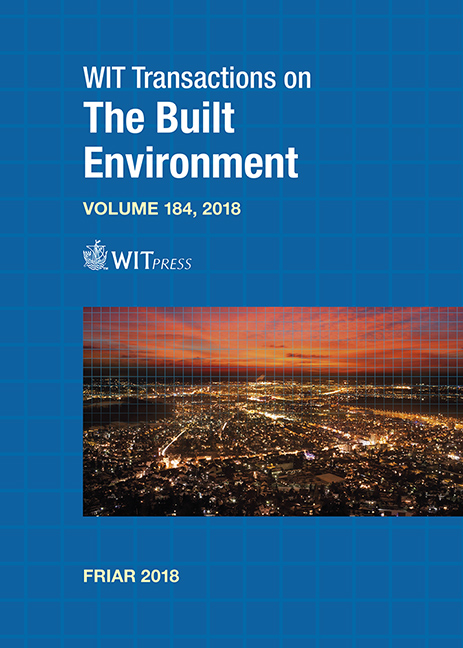SCENT INTEGRATED TOOLBOX FOR MONITORING FLOOD PHENOMENA
Price
Free (open access)
Transaction
Volume
184
Pages
12
Page Range
121 - 132
Published
2018
Size
579 kb
Paper DOI
10.2495/FRIAR180121
Copyright
WIT Press
Author(s)
MARIA KROMMYDA, SPYROS BOLIERAKIS, YANNIS KOPSINIS, CHRYSOVALANTIS TSIAKOS, ATHANASIA TSERTOU, ANGELOS AMDITIS, ANDREJA JONOSKI, IOANA POPESCU, DANIELE MIORANDI, STEFANO TAMASCELLI, BENJAMIN COHEN
Abstract
Flood risk prediction has been traditionally based on models that are developed from time-series of data collected over long periods of time from expensive and hard to maintain in-situ sensors available only in specific areas. The climate change has made the monitoring of the flood events imperative and has raised the question of whether the development of flood models can be disengaged from the in-situ sensors. The Scent toolbox is based on smart collaborative and innovating technologies that augment costly in-situ infrastructure, enabling citizens to become the “eyes” of the policy makers by monitoring Land Cover/ Land Use (LC/LU) changes in their everyday activities and environmental phenomena like floods by crowdsourcing relevant information. Experts in the field of flood models define areas of interest through a specifically designed tool and ask volunteers to collect specific data needed at these areas using engaging gaming applications. These data may include images that are processed through an Intelligent engine and classified based on a LC/LU taxonomy, video of floating objects and images of water level indicators that allow the automated extraction of the water velocity and the water level and sensor measurements with low-cost portable environmental sensors. It will be described in detail how the volunteers are engaged to collect these data, how the data are validated, and how they are used to create improved LC/LU maps and contribute to the development of improved flood models reducing the cost and infrastructure needed.
Keywords
scent toolbox, crowdsourcing observations, OGC-compliant data handling





